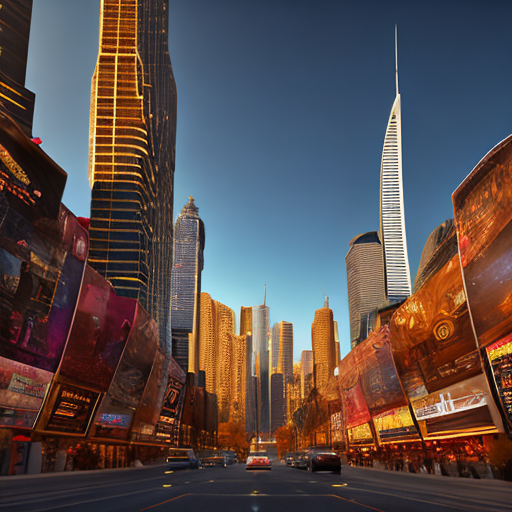 06 May
06 May
Are you struggling to get your website noticed by Google? Many developers are focusing solely on client-side rendering in React, but this approach can significantly hinder your search engine optimization efforts. Traditional JavaScript frameworks rely heavily on the browser to render content, leading to slower initial page loads and a less favorable user experience – factors that directly impact your rankings. This post will explore why server-side rendering (SSR) with Next.js is a game-changer for SEO, offering a powerful solution to these challenges.
Server-side rendering is a technique where the web server generates the full HTML of a page and sends it to the browser before the user even requests it. Unlike client-side rendering, where React handles all the rendering in the browser based on JavaScript, SSR takes this responsibility off the client’s shoulders. This means that search engine crawlers receive fully rendered pages, allowing them to easily index your content effectively. It’s a crucial difference for SEO; Google prioritizes websites with fast loading speeds and readily available content.
With client-side rendering, the browser has to download the React JavaScript bundle, parse it, and then render the page. This process can take a significant amount of time, leading to a slow First Contentful Paint (FCP) – the time it takes for the first piece of content to appear on the screen. Google uses FCP as a ranking signal, and a slow FCP negatively impacts your website’s visibility in search results. Furthermore, search engine crawlers themselves are also browsers; they experience this same sluggish rendering process, potentially missing important content or misinterpreting page structure.
| Feature | Client-Side Rendering (CSR) | Server-Side Rendering (SSR) |
|---|---|---|
| Rendering Location | Browser | Web Server |
| Initial HTML Sent to Crawler | Empty or Minimal HTML | Fully Rendered HTML |
| First Contentful Paint (FCP) | Slow – Typically 2-5 seconds | Fast – Typically < 1 second |
| SEO Friendliness | Lower – Requires JavaScript execution by the crawler | Higher – Crawler receives fully rendered content immediately |
Next.js is a React framework specifically designed for building performant and SEO-friendly web applications. It automatically handles many aspects of SSR, making it significantly easier to implement than setting up server-side rendering manually. Next.js utilizes features like static site generation (SSG) and incremental static regeneration (ISR) in conjunction with SSR to provide optimal performance and SEO benefits. The framework’s built-in routing system and API routes simplify the development process while ensuring your website is structured for search engines.
Next.js offers several ways to implement SSR:
Next.js can pre-render pages at build time, creating static HTML files that are served directly by a CDN – ideal for content that doesn’t change frequently.
ISR allows you to update statically generated pages after they’ve been built, ensuring your website always displays the latest information without requiring a full rebuild.
Next.js can also render pages dynamically on the server for every request, providing the most flexible approach.
The beauty of Next.js is that you don’t have to write complex server-side code – it handles much of this behind the scenes.
Implementing SSR with Next.js delivers a multitude of benefits directly impacting your SEO performance:
As previously discussed, SSR drastically reduces FCP, leading to a better user experience and positive ranking signals.
Search engine crawlers receive fully rendered HTML, allowing them to accurately index your content and understand its structure. This improves your website’s visibility in search results.
SSR ensures that mobile users receive the same fast loading experience as desktop users – a critical factor for Google’s mobile-first indexing approach.
SSR directly contributes to improving your website’s Core Web Vitals, which are key metrics used by Google to assess user experience and overall ranking potential. Specifically, SSR positively impacts Largest Contentful Paint (LCP) – a crucial Core Web Vital.
Netflix uses Next.js extensively for its web interface. They leverage SSR to ensure that every page loads quickly and accurately, providing a seamless user experience for millions of viewers worldwide. This not only enhances customer satisfaction but also contributes significantly to their SEO performance by ensuring search engine crawlers can easily index their content.
To assess the effectiveness of your SSR implementation, track key metrics:
Monitor FCP, LCP, and TTFB (Time To First Byte) to measure loading speed improvements.
Use Google Search Console to check if Google is successfully indexing all of your pages.
Track changes in organic traffic over time – a significant indicator of SEO success.
Regularly monitor your website’s Core Web Vitals scores using tools like PageSpeed Insights and Google Search Console.
Here’s a recap of the most important points regarding SSR and Next.js for SEO:
Q: Is SSR always necessary for SEO? A: Not necessarily, but it’s highly recommended, especially for content-rich websites or those prioritizing fast loading speeds.
Q: How much does SSR impact my website’s performance? A: The impact varies depending on the complexity of your application and the amount of data required to render each page. However, even a modest improvement in FCP can have a significant positive effect on SEO.
Q: Can I use SSR with other frameworks like React? A: While Next.js is specifically designed for SSR with React, you can integrate SSR into other React projects using third-party libraries or custom server-side rendering logic.
Q: What are the costs associated with implementing SSR? A: The primary cost is the increased server infrastructure required to handle dynamic requests. However, the long-term benefits of improved SEO and user experience often outweigh these initial costs.
0 comments